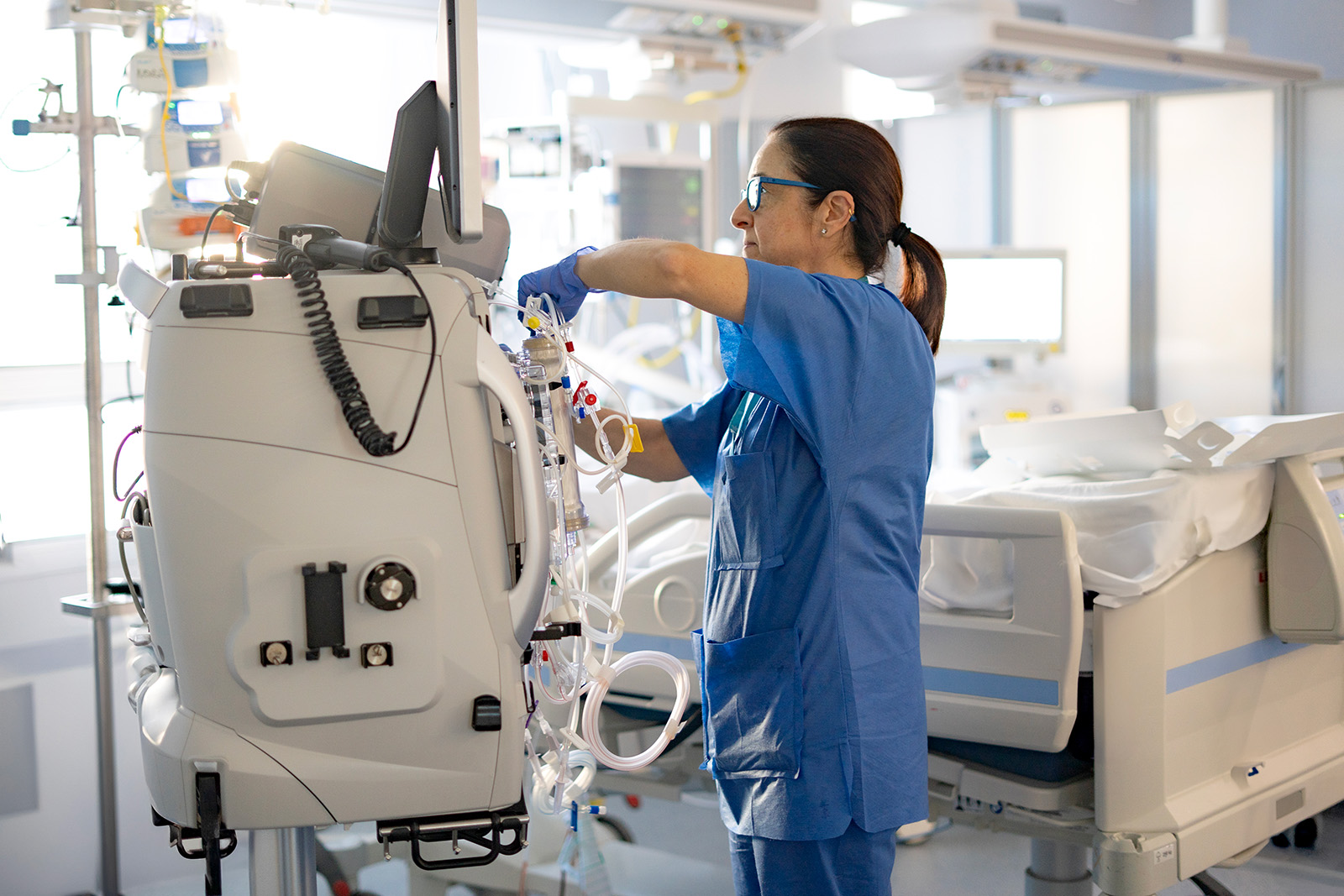Saving Lives with Compressed Air: The Hidden Role of Pneumatics in Healthcare

When you think of a modern hospital, you likely picture advanced electronics, complex robotics, and life-saving machinery. What you probably don’t think about is the humble world of pneumatics. Yet, behind the scenes, a network of compressed air is the unseen force that helps keep patients safe, procedures precise, and facilities running smoothly.
Here’s a look at how this powerful, clean technology is saving lives every day.
1. The Air a Patient Breathes
Perhaps the most critical application of pneumatics in healthcare is in respiratory support. Compressed air is the power source for devices that are vital for patient care:
- Ventilators: These life-saving machines use pneumatics to precisely control the flow and pressure of air, helping patients who are unable to breathe on their own. The consistent, reliable power of compressed air is essential for delivering oxygen and other gases with pinpoint accuracy.
- Oxygen Concentrators: Pneumatic systems are used to separate oxygen from the air, providing a continuous, clean supply to patients with breathing difficulties.
- Anesthesia Machines: In the operating theatre, pneumatic components are used to mix and deliver anesthetic gases to patients, ensuring a consistent and controlled dosage throughout a procedure.
2. Powering Surgical Precision
Modern surgical tools are incredibly advanced, but many of them still rely on compressed air for their power and precision.
- Pneumatic Drills and Saws: In orthopaedic and dental surgery, pneumatic tools provide the high torque and speed needed to cut bone or drill with minimal vibration. This precision reduces patient trauma and helps surgeons perform their work with greater control.
- Surgical Staplers and Clippers: Many of these single-use or reusable tools are powered by compressed air, providing the force needed for a clean, efficient action.
3. Ensuring Hygiene and Sterilisation
In a hospital, a sterile environment is non-negotiable. Pneumatics plays a key role in maintaining this level of cleanliness.
- Autoclaves and Sterilisation Equipment: These machines, used to sterilise surgical instruments, often use compressed air to operate their doors and control valves. The absence of oil and the minimal risk of contamination from an air-based system make pneumatics the ideal choice.
- Pneumatic Tube Systems: If you’ve ever seen a canister whiz through a tube in a hospital, you’ve witnessed a pneumatic system in action. These systems are used to rapidly transport blood samples, lab results, medications, and patient notes between departments. This speed and efficiency save valuable time and reduce the risk of human error in a time-critical environment.
4. The Benefits: Why Pneumatics is the Medical Standard
The healthcare industry chooses pneumatics for many of the same reasons other industries do, but with a heightened emphasis on specific factors:
- Cleanliness: Unlike hydraulics, pneumatics uses oil-free air, eliminating the risk of contamination in sterile environments.
- Reliability: In a hospital, a system failure can have life-threatening consequences. The simple, robust design of pneumatic components means they are highly reliable and require minimal maintenance.
- Safety: Compressed air is a safe and non-flammable power source, a critical consideration in a medical setting with oxygen lines and other flammable gases.
From the quiet hum of a ventilator to the rapid delivery of a blood sample, pneumatics is the invisible force that underpins so much of modern healthcare. It’s a technology that prioritises cleanliness, precision, and reliability-the very things that save lives.
At PPTech, we are proud to be a partner in supplying the components that make these life-saving systems possible. Drop a line to our expert Product Specialists at sales@processpneumatics.com to learn more!



